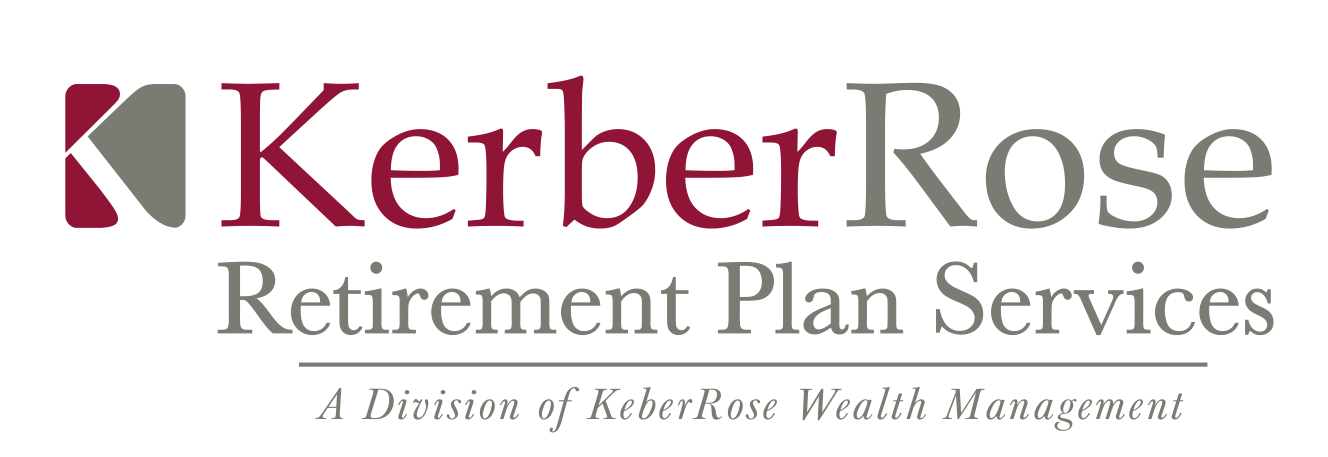For many years the investment advisory community has proposed if retirees withdrew their retirement assets at the rate of 4% annually, there is a high probability assets would last to normal life expectancy.
The 4% “rule” is not a one-size-fits-all solution, and there are several variables to consider, yet it could at least provide a starting point to be adjusted based on individual circumstance.
This starting point is based on actuarial tables and thousands of return based scenarios. The rule determined a 65-year-old retiree withdrawing at the rate of 4% annually (inflation adjusted) had a high likelihood of not outliving their retirement assets based on current life expectancy, assuming no portfolio changes.
However, in previous generations retirees could live off bond portfolios yielding 4% to 5%. Currently, 10-year bond yields are closer to 1.5%, producing potential negative returns after inflation. As we begin 2022, we see annual inflation is close to 7% for 2021. As a result, it becomes appropriate to review these basic assumptions.
Based on Morningstar’s research, the projected starting safe withdrawal rate for the next 30 years is 2.7% for assets in a cash account. The highest safe withdrawal rate is 3.3% for portfolios with 40% to 60% in stocks. Even so, if you retire soon, this fixed withdrawal rate is not guaranteed, as there is much uncertainty about inflation and potential market volatility.
Any current projection should assume potential variability in income from year to year. One approach worthy of consideration, which can lead to a higher rate, gives retirees an opportunity to increase the subsequent year’s withdrawal when the portfolio has done better than projected and to reduce withdrawals when underperforming.
Certainly, this is a difficult time to project long range withdrawal rates and the current bond market is not as reliable as in the past; however, the S&P 500 in 2021 did end up at 26.9%, which virtually no one projected.
Bottom line…don’t simply assume the “old law” of 4% withdrawal rates going forward. Assess your retirement income needs and adjust as appropriate. Consider current portfolio alterations, acknowledge fixed vs. discretionary expenses, and be flexible yet diligent in your retirement planning. You may want to seek professional advice if you are close to retirement. An error in planning, at this stage, can be more costly than this potentially transitory inflation and bond yield environment.
If you are not near retirement…. save more so you can withstand future unexpected financial events and have a wonderful retirement experience.
At KerberRose, we can help you best plan for your future regardless of how close you are to retirement. Contact a Trusted Advisor today to learn more.

